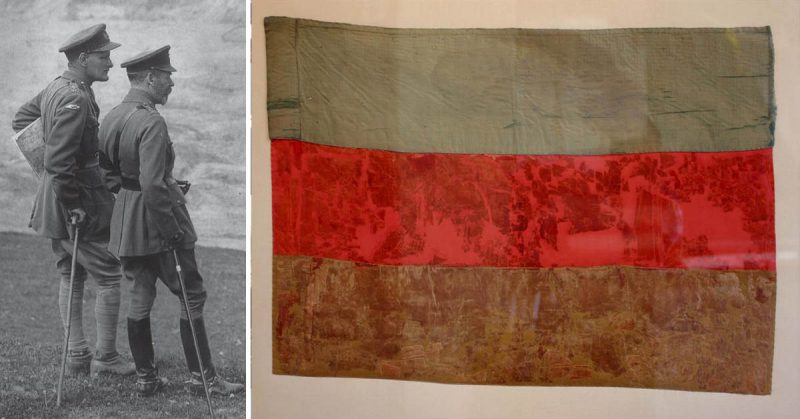One of the most important men in the history of the tank is to be remembered a century after the most significant moment of his long career.
The Tank Museum in Dorset is to celebrate the occasion that Hugh Elles led the Tank Corps at the Battle of Cambrai, proving beyond doubt what the tank could do.
Staff are taking their WWI replica Mk IV tank to the Cenotaph in London on 19 November – the day before the anniversary – to honour the tank men who fought 100 years earlier.
Prior to the battle, Elles famously bought the last fabric available in a French draper’s shop and had it stitched together to use as a flag.
The colours were brown, red and green, which was interpreted afterwards as: ‘From mud, through blood and to the green fields beyond’, in recognition of the Tank Corps’ exploits at Cambrai.
The ‘Cambrai Flag’ is one of the most significant exhibits on display in The Tank Museum and was flown from a tank by Elles himself as he rode into battle.
The assault gained more ground in the first three hours of fighting than the British had gained in three months at the Battle of Passchendaele.
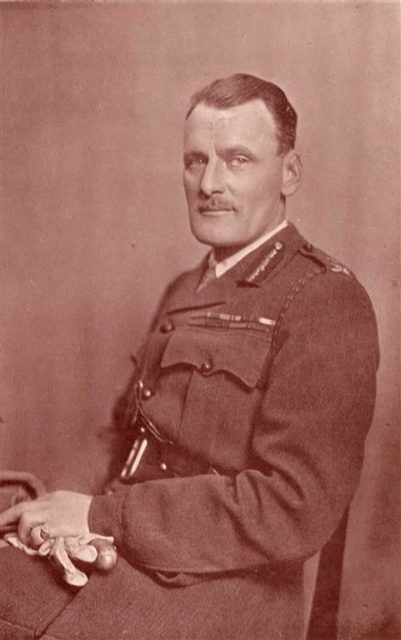
The first day of the battle was seen as such a success that church bells rang out in celebration across Britain.
It was the first time that tanks had been used in large numbers, with more than 400 attacking over a front five miles across and catching the Germans completely by surprise. Cambrai was a crucial test for the Tank Corps and it was under Elles’ inspirational leadership that its future was ensured.
Museum curator David Willey wants to use the centenary of Cambrai to rehabilitate the some of the reputations of WW1 commanders who he says have suffered from ‘Blackadder-style mocking’.
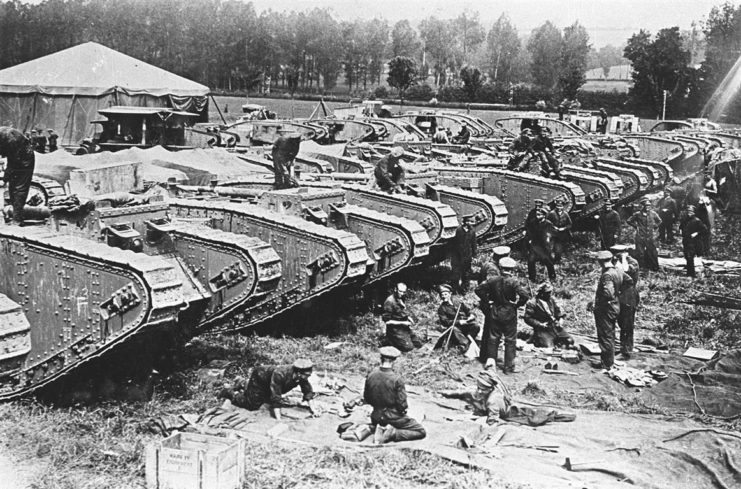
Elles, he says, was much more typical of the clever and courageous men who, rather than sacrifice their troops as the myths suggest, did their best to inspire and protect them – and most importantly win the war. They were not all donkeys leading lions, but rather capable leaders who gained the respect of their men. Elles’ eagerness to inspire his men also saw him penning ‘Special Order No 6’ the night before the battle. The hand-written order, also held at The Tank Museum, was read aloud to every tank crew.
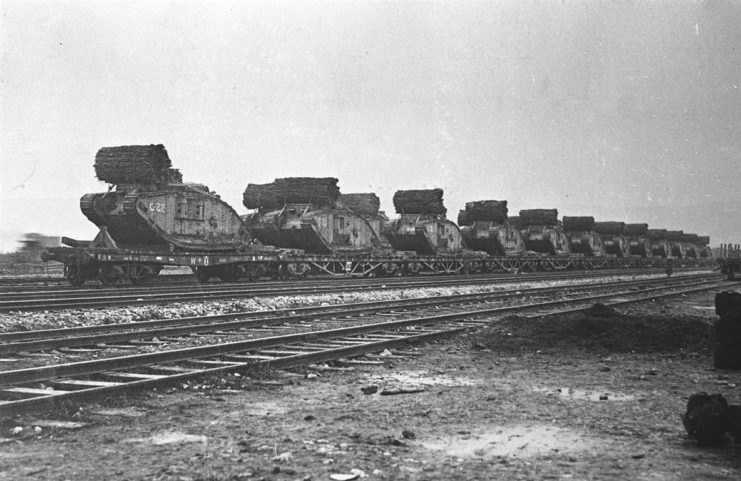
It is considered to be so important that it is still read aloud each year on 20 November by members of the modern Royal Tank Regiment to mark the anniversary of the battle.
It read: “Tomorrow the Tank Corps will have the chance of which they have been waiting for many months – to operate on good going in the van of the Battle.
“All that hard work and ingenuity can achieve has been done in the way of preparation.
“It remains for Unit Commanders and tank crews to complete the work by judgement and pluck in the battle itself.
“In the light of past experience, I leave the good name of the Corps with great confidence in your hands.
“I propose leading the attack of the centre Division.
“FEAR NAUGHT.”
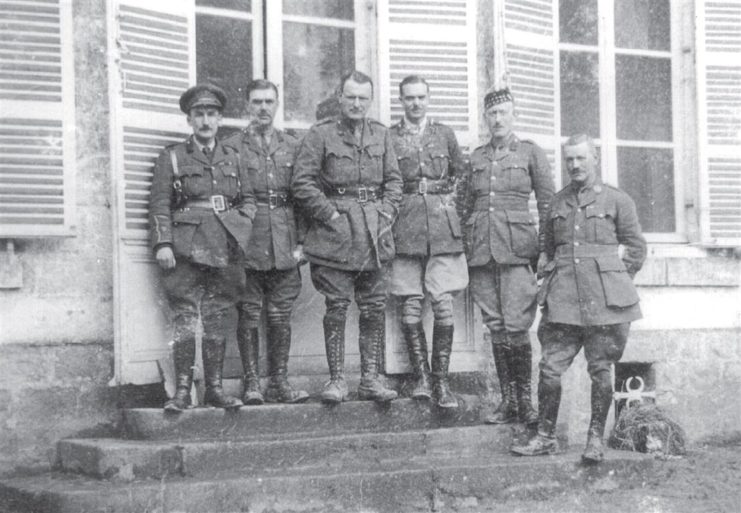
For such a high ranking commander to lead the attack was uncommon at this stage of the war – and for the tank men, truly inspiring.
David Willey said: “Elles had been selected by Haig to command the tanks because he was a great leader but also as a Royal Engineer he better understood the machines.
“The Blackadder view and the prevailing national myth suggests the leaders of our men were incompetent and would willingly sacrifice them.
“They were of course men of their time with faults like all of us, but the idea that somehow Britain had more than their fair share is just untrue – and these were the men that led the British army to ultimate victory.
“Elles is a good example of the imaginative and inspirational leaders Britain had in the First World War and it is time to rehabilitate their reputation.
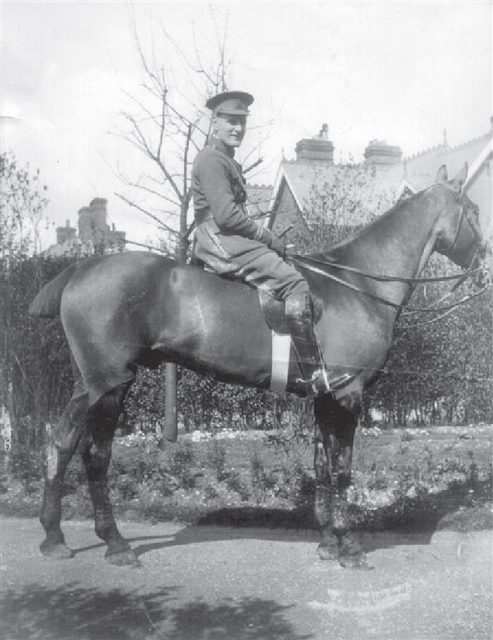
“For the centenary we will be creating videos and displays and taking our replica Mk IV to London – the same tank used at Cambrai.
“The Tank Museum is at Bovington, still the home of the modern Armoured Corps.
“Tanks were designed to save the lives of British soldiers but they had a patchy start and no clear success. At Passchendaele many had simply sunk in the mud and been lost.
“As each tank cost £250,000 in today’s money, some wondered if they were really worth the cost.
“In 1917, a year of many setbacks for the Allies, a morale-boosting victory before Christmas was necessary.
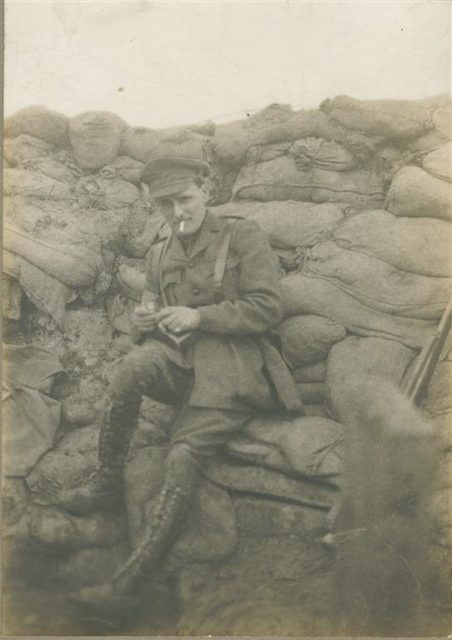
“Elles and his men believed in the potential of the tank and saw an attack at Cambrai as a way of achieving success and vindicating the faith put in the new machine.
“Elles wanted to inspire his new corps and he realised that having a flag was important to bond the men, and famously made one from the last material available in a French fabric shop.
“He took the flag with him to the tank called Hilda, from where he would attack the enemy himself. It is one of our most significant exhibits at the museum.
“A flag was something men could rally to or identify with – like a football shirt today – and taking an enemy’s flag has of course been important throughout the history of warfare, such is its symbolism.
“Elles also issued the men with special insignia to wear on their arms to show they were tank men and he gave his famous order – all of which helped to bond and inspire them.
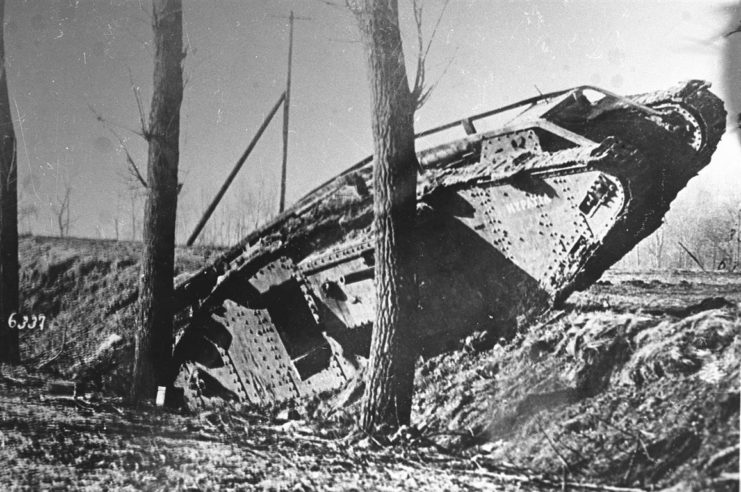
“They prepared for the battle in immense detail, with many new innovations to overcome the strong German defences of the Hindenburg Line. Over 400 tanks set off for the battle at 6.20 am on November 20.
“They were able to get through the German barbed wire – which was so thick that many had thought it impregnable – and also protect the infantry, allowing them to advance.
“Elles’ tank eventually became stuck and he was seen in no-man’s-land, pipe in mouth, carrying his flag towards his own lines to make his report.
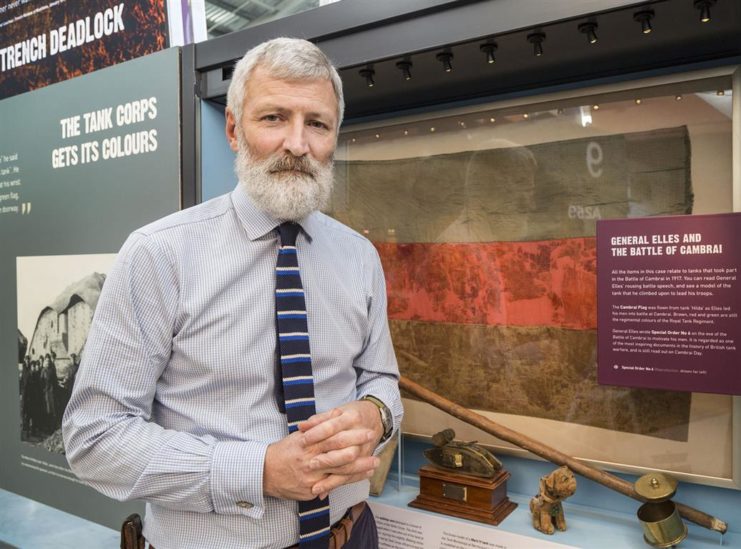
“It is now time, a century on, to remember these commanders, and their men, in a manner that befits their courage and heroism and of course, ultimately their success. Imagine Britain or Europe if they had lost.”
General Sir Hugh Jamieson Elles KCB, KCMG, KCVO, DSO, was wounded during the war and was ‘mentioned in despatches’ eight times.
He led the Tank Corps through many trials and tribulations until it became firmly established as part of the army. He became Colonel Commandant of the Royal Tank Corps in 1934 and Colonel Commandant of the Royal Engineers in 1935. He was promoted Major-General in 1928 and Lieutenant-General in 1934. During World War Two he worked in civil defence and he died in 1945.
Elles was married three times, his first two wives dying before him.
All photos provided by The Tank Museum.
